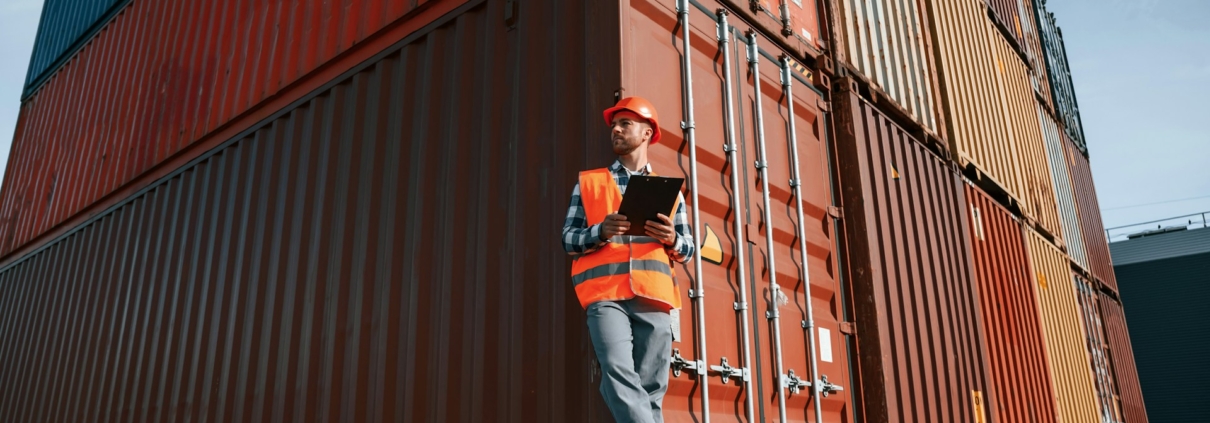Troubleshooting Delivery Delays For Container Transport
Delivery delays in container transport can create significant challenges for businesses. Whether it’s affecting the timely arrival of goods or interrupting supply chain operations, delays can have a ripple effect on productivity and customer satisfaction. For businesses on the Sunshine Coast, where demand for smooth and reliable transport is consistently high, these delays can become a major headache.
Understanding the root causes of these delays is the first step to addressing them. By identifying common issues and implementing effective troubleshooting strategies, businesses can overcome many of the obstacles they face. This article will guide you through the typical causes of delivery delays and suggest practical solutions to help ensure your container transport runs smoothly.
Identify Common Causes of Delivery Delays
Before you can fix a problem, you need to know what’s causing it. Delivery delays in container transport often stem from a few primary sources:
– Traffic Congestion: On the Sunshine Coast, roads can get particularly busy, especially during peak tourist seasons. This congestion can slow down deliveries, causing delays in reaching their destination.
– Weather Conditions: Unpredictable weather can impact transport schedules. Heavy rain or storms may lead to road closures or slow traffic, affecting the timely delivery of containers.
– Logistic Mishaps: Errors in scheduling, packing, or routing can all contribute to delays. A misplaced container or a wrong address can set back delivery times considerably.
Imagine planning to receive a shipment only to hear there’s a delay due to a blocked road from a recent storm. This kind of scenario illustrates why anticipating these issues is so important. Recognising these potential problems early on allows businesses to adapt quickly and mitigate the impact these delays might have.
Understanding these common causes lays the groundwork for developing solutions tailored to overcome these challenges. Being proactive in addressing these issues can significantly reduce the frequency and duration of delivery delays, ensuring smoother operations for container transport services on the Sunshine Coast.
Effective Communication with Transport Providers
Clear communication with transport providers is the backbone of a smooth delivery process. Keeping everyone in the loop can prevent misunderstandings and errors that lead to delays. Having regular contact with your transport provider helps ensure they understand your expectations and any special requirements for your shipment.
Here’s how you can enhance communication:
– Schedule Regular Updates: Arrange routine check-ins with providers to discuss progress and any potential issues.
– Use Clear Language: Avoid jargon or complex terms that can be misunderstood.
– Establish Key Checkpoints: Define specific points in the delivery process where updates are needed, such as departure, arrival times at certain locations, and final delivery confirmation.
Open lines of communication can be the difference between a successful delivery and one that encounters unnecessary snags. By staying proactive, you build a relationship of trust and reliability with your transport provider.
Plan and Optimise Delivery Routes
Careful route planning is another crucial component in preventing delays. Knowing the best paths to take can save time and reduce the likelihood of encountering slowdowns. For businesses operating on the Sunshine Coast, taking local traffic patterns and seasonal congestion into account when planning routes can be very beneficial.
To make the most of your routes:
– Utilise GPS and Traffic Apps: These tools provide real-time traffic updates, helping drivers avoid congested areas.
– Consider Off-Peak Times: Schedule deliveries during non-peak hours to navigate roads more efficiently.
– Review Weather Forecasts: Keep an eye on the weather to avoid routes that may become problematic due to adverse conditions.
Technology plays a vital role here. It empowers you to adapt quickly and keeps your delivery on track. Optimal route planning not only improves efficiency but also boosts customer satisfaction by ensuring timely deliveries.
Solutions for Unexpected Delays
Even with the best plans, unexpected delays can occur. Being prepared with strategies to tackle these situations can make all the difference in maintaining customer trust.
Consider these strategies when facing the unexpected:
– Develop Alternative Routes: Having backup routes allows quick adjustments when the road ahead is blocked.
– Rescheduling Deliveries: Communicate promptly with clients to inform them of any changes and reschedule if necessary.
– Offer Compensatory Measures: Assuring your customer of a future discount or benefit can help ease any dissatisfaction due to a delay.
Anticipating potential obstacles keeps your service agile. Having a structured plan for unexpected delays reassures your clients that you’re capable of managing the situation effectively.
Keep Your Business Running Smoothly
Addressing delivery delays is all about preparation, communication, and adaptability. By knowing the causes and having a set plan in place, you can mitigate many issues before they arise. Emphasising communication and employing technology for route planning are key elements in making your transport operations robust.
Taking these proactive steps ensures your business continues to run smoothly. By reducing the risk of delays, you enhance your reputation and keep your clients happy. Maintaining this focus on problem-solving and efficiency will position you well for the future.
Effective container transport requires understanding the Sunshine Coast’s unique logistical landscape. By anticipating challenges and optimising operations, you ensure your business stays ahead. For more strategies to enhance your container delivery process, explore DNV Transport’s expertise in container transport on the Sunshine Coast. Get in touch with us today to navigate these challenges with confidence.




